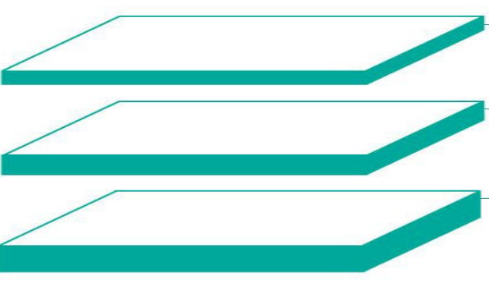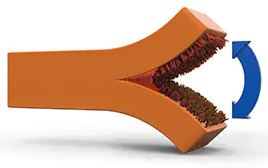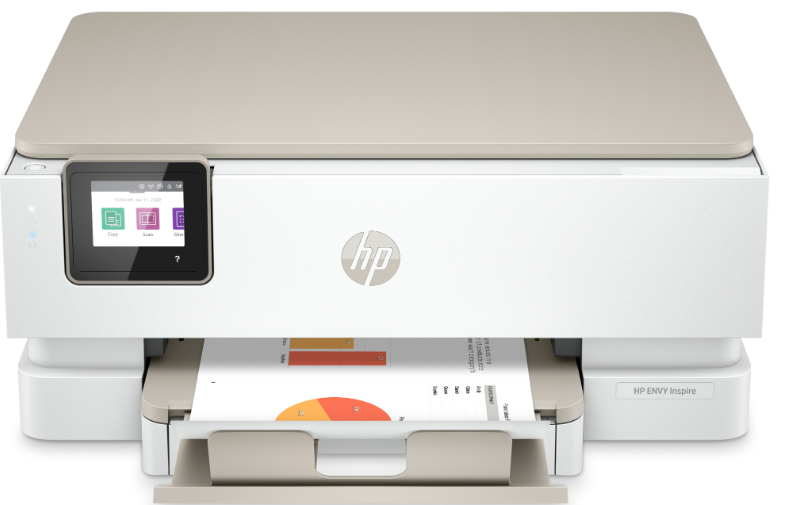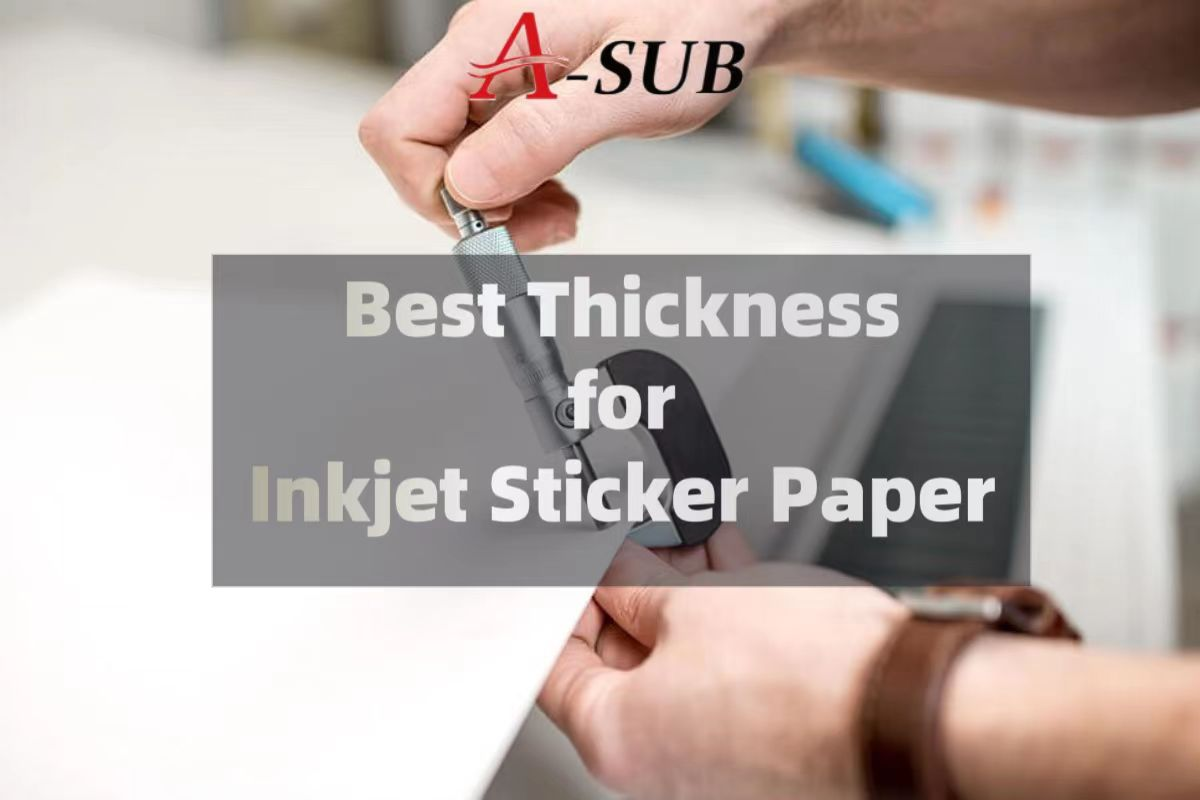Intro
In the world of printing and design, inkjet sticker paper stands as a versatile canvas for creativity. However, choosing the right thickness for your inkjet sticker paper is a pivotal decision that can significantly impact the quality and performance of your projects. So, What is the Best Thickness for Inkjet Sticker Paper?
The best thickness for inkjet sticker paper varies based on your specific needs. Thickness is typically measured in millimeters or mils. Thicker paper offers durability and robustness, suitable for outdoor and high-wear applications. Thinner paper provides flexibility and is ideal for short-term or indoor uses. The choice ultimately depends on your project's requirements.
Discover how thickness influences print quality, adhesive strength, and overall sticker paper performance. Learn about the common thickness options available and why it matters. By the end of this guide, you'll possess the knowledge to choose the perfect thickness for your inkjet sticker paper.
What is the Thickness of Inkjet Sticker Paper?

The manufacturing process of inkjet sticker paper involves several key steps, including coating, drying, and cutting. Thickness control is a critical aspect of this process. Manufacturers carefully control the thickness of the paper to meet specific product specifications.
Before delving into the significance of thickness, let's clarify what thickness means in the context of inkjet sticker paper. Thickness refers to the paper's overall thickness, often measured in millimeters (mm) or mils (thousandths of an inch). It's a critical factor in determining the paper's durability, print quality, adhesive strength, and suitability for different applications.
Common Thickness Options

Inkjet sticker paper is available in various thickness options, each catering to specific requirements. Let's explore the most common thickness ranges and their typical applications in detail:
●Ultra-Thin Sticker Paper (Less than 100 µm)
Applications: Ultra-thin sticker paper, with a thickness of less than 100 µm, is your go-to choice for applications where a low-profile appearance is desired. Its thinness makes it ideal for temporary labels, tags, and stickers for packaging.
●Standard Sticker Paper (100-150 µm)
Applications: The standard thickness range of 100-150 µm strikes a harmonious balance between durability and flexibility. It's perfectly suited for indoor applications such as product labels, decorations, and scrapbooking. The paper's moderate thickness ensures it adheres comfortably to curved surfaces.
●Thick Sticker Paper (150-200 µm)
Applications: Stepping into the thicker range of 150-200 µm, you'll find sticker paper that offers enhanced durability. It's the sweet spot for both indoor and short-term outdoor applications, often used for bumper stickers, window decals, and signage. This thickness guarantees resilience in the face of daily wear and tear.
●Heavy-Duty Sticker Paper (Over 200 µm)

Applications: Stepping into the thicker range of 150-200 µm, you'll find sticker paper that offers enhanced durability. It's the sweet spot for both indoor and short-term outdoor applications, often used for bumper stickers, window decals, and signage. This thickness guarantees resilience in the face of daily wear and tear.
Why Thickness of Inkjet Sticker Paper Matters

Understanding why thickness matters is fundamental when selecting inkjet sticker paper. Thickness has a profound impact on several key aspects of sticker paper performance.
●Durability
Thicker sticker paper tends to be more durable and resilient, capable of withstanding harsher conditions and rough handling. It's an important factor to consider for applications where your stickers may face wear and tear.
●Print Quality
Thickness can affect how ink is absorbed by the paper. The right thickness ensures optimal ink absorption, which subsequently impacts print quality, color vibrancy, and resolution. Achieving the desired print results often hinges on selecting the appropriate thickness.
●Adhesive Strength

The thickness of the paper can significantly influence adhesive strength. While the adhesive itself plays a pivotal role, the thickness ensures that your stickers adhere securely to various surfaces. A sticker paper that's too thin may not provide enough surface area for strong adhesion.
●Application Surface
Different surfaces may require varying sticker thicknesses for optimal adhesion and appearance. While thinner sticker paper may work well on flat surfaces, thicker options are better suited for curved or irregular surfaces, where flexibility is essential.
How to Choose the Best Thickness?

Selecting the best thickness for your inkjet sticker paper involves a thoughtful evaluation of your project's requirements. Let's delve deeper into the decision-making process, considering several crucial factors:
●Application Type
The type of application dictates your choice of thickness. Determine whether your stickers are intended for short-term or long-term use and whether they'll be placed indoors or outdoors. This consideration forms the foundation of your decision.
●Printer Compatibility

It's essential to ensure that your printer can handle the thickness of the sticker paper you choose. Refer to your printer's specifications and recommended paper thicknesses to guarantee compatibility and optimal performance.
●Desired Aesthetic
Beyond practicality, consider the desired look and feel of your stickers. Thickness often influences the tactile experience and perceived quality of your stickers. A thicker paper may impart a premium, substantial feel.
●Budget

While quality often correlates with thickness, it's crucial to balance your desired thickness with budget constraints. Thicker sticker paper generally comes at a higher cost. Assess your budget and seek options that provide the desired balance between quality and affordability.
I highly recommend A-SUB Inkjet Sticker Paper. They offer a diverse range of sticker paper options with varying thicknesses. What truly sets them apart is their impressive production capacity and swift delivery services, dedicated to meeting all customer requirements. If you're interested in collaborating or seeking more information about A-SUB Inkjet Sticker Paper, please don't hesitate to explore our website for inquiries and details.
Conclusion
In conclusion, selecting the best thickness for your inkjet sticker paper is an essential aspect of ensuring the success of your creative projects. The decision involves a careful assessment of your project's requirements, including application type, printer compatibility, aesthetic preferences, and budget considerations. Thickness matters—it influences durability, print quality, adhesive strength, and application suitability. Whether you're crafting intricate decals, vibrant labels, or personalized creations, the right thickness choice empowers you to achieve outstanding results that leave a lasting impression. Explore the thickness options available, assess your project's unique demands, and make choices that elevate your printing and design endeavors. For further guidance or to explore our extensive range of sticker paper options, please visit our website or contact our expert team.






